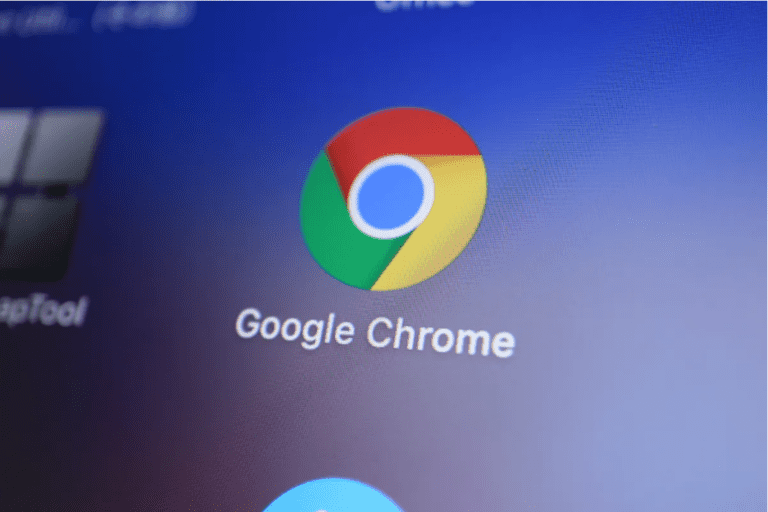Google has integrated WebGPU into Chrome. This allows for faster graphics rendering or running machine learning models.
The new WebGPU technology is now available in the beta of Chrome version 113. WebGPU is the successor to the existing WebGL. The latter technology was developed to simplify and speed up the rendering of graphics in browsers. The technology was to improve the use of GPU cards for rendering, especially by replacing the plugins that were often necessary.
WebGL allows a Web application to send a rendering or computational task to the GPU. This is done through special APIs, such as Direct3D for Windows or Metal for macOS.
Features for machine learning
Successor WebGPU does the same thing, but supports features offered by APIs such as Direct3D 12, Metal and Vulkan. Consider a more reduced Java workload, as well as the introduction of expanded support for general-purpose GPU (GPGPU) computations.
The latter functionality, which allows GPU cards to perform tasks other than just graphics, allows machine learing models to be run, for example. In this way, it is easier to run ML in a browser and is also faster. WebGPU, according to the tech giant, is also suitable for importing videos and offers a more user-friendly interface.
WebGPU is available in the Chrome 113 browser versions for Windows, macOS and ChromeOS. Support for Android, Firefox and Safari will follow later.
Tip: Google introduces Squoosh for Chrome to create faster web pages
